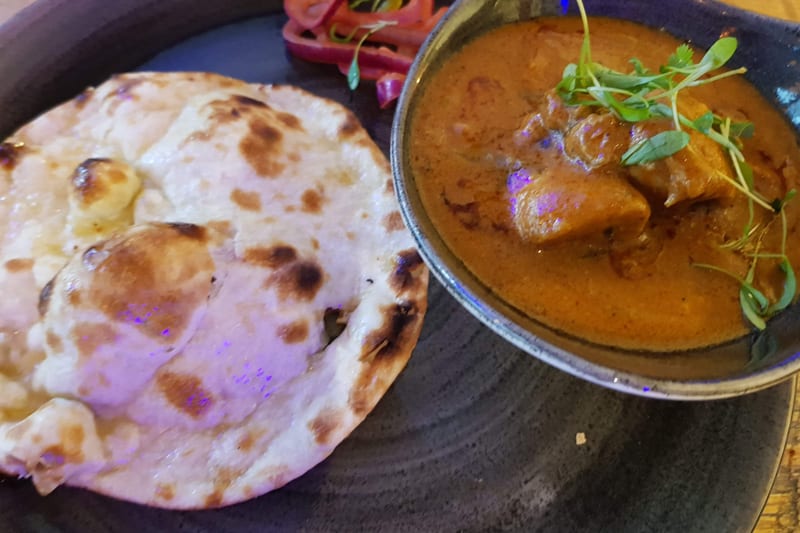
Introduction to Indian Breads
When it comes to Indian cuisine, the rich tapestry of flavors, textures, and aromas is truly a feast for the senses. And at the heart of this diverse and delicious cuisine, you’ll find a delightful array of Indian breads. Whether you’re a fan of fiery curries, succulent tandoori dishes, or vegetarian delights, Indian bread is often the perfect accompaniment that ties the meal together. In this blog, we’ll embark on a culinary journey to explore the fascinating world of Indian bread, introducing you to the numerous types of bread that complement the many Indian dishes. We’ve also created a comprehensive listing page where you can discover and learn more about these Indian bread varieties – you can explore it here: Curry Culture’s Indian Breads Page.
1. Roti: The Everyday Staple
Let’s begin with one of the most basic yet quintessential Indian breads – the Roti. This unleavened flatbread is made from whole wheat flour, water, and a pinch of salt. It’s a versatile choice that complements just about any Indian dish. Roti is thin, soft, and perfect for scooping up curries and gravies.
2. Naan: The Tandoori Marvel
A beloved bread that often steals the show, Naan is a leavened flatbread made from all-purpose flour and yogurt. It’s traditionally cooked in a tandoor, or clay oven, which imparts a smoky, slightly charred flavor. Naan’s fluffy texture and buttery goodness make it a crowd-pleaser, perfect for sopping up rich gravies.
3. Paratha: The Stuffed Wonder
Paratha is a thicker, flakier cousin of Roti, but it has a delightful twist – it can be stuffed with various fillings. Whether it’s spiced potatoes (aloo paratha), cauliflower (gobi paratha), or even paneer (paneer paratha), these stuffed flatbreads are a meal in themselves and a breakfast favorite.
4. Puran Poli: The Sweet Indulgence
Puran Poli is a sweet flatbread that’s a delicacy in many Indian states. It’s made with a sweet filling of chana dal, jaggery, and aromatic spices, wrapped in a thin layer of whole wheat dough. This bread is often enjoyed during festivals and celebrations.
5. Kulcha: The Fluffy Sibling of Naan
Kulcha is similar to Naan but often softer and fluffier. It’s traditionally made with all-purpose flour and yogurt, just like Naan, but it can also be stuffed with ingredients like paneer or even onions. This bread pairs beautifully with spicy curries.
6. Luchi: The Bengali Treasure
Luchi is a deep-fried, puffed bread that is a specialty in Bengal. Made from all-purpose flour and often served with hearty vegetarian or non-vegetarian dishes, it’s an absolute delight. Its golden, crispy exterior gives way to a soft interior.
7. Thepla: The Gujarati Delight
Thepla is a spiced flatbread from the state of Gujarat, made from whole wheat flour, fenugreek leaves, and a blend of spices. It’s perfect for breakfast, a snack, or as a side to curries, and it offers a unique combination of flavors.
Conclusion
Indian bread is as diverse as the country itself, with each region boasting its own unique varieties and flavors. While this blog provides an introduction to some of the most popular types, there are countless others waiting to be discovered and enjoyed. If you’re eager to delve deeper into this delightful world of Indian bread, check out our comprehensive listing page where you can explore more types of Indian breads: Curry Culture’s Indian Breads Page.
So, next time you’re savoring your favorite Indian curry or tandoori dish, don’t forget to explore the incredible range of Indian breads that enhance the experience. From Roti to Naan, Paratha to Puran Poli, these breads are an essential part of the Indian culinary journey, and they are just waiting for you to taste and enjoy their diverse flavors.

Share this Story
